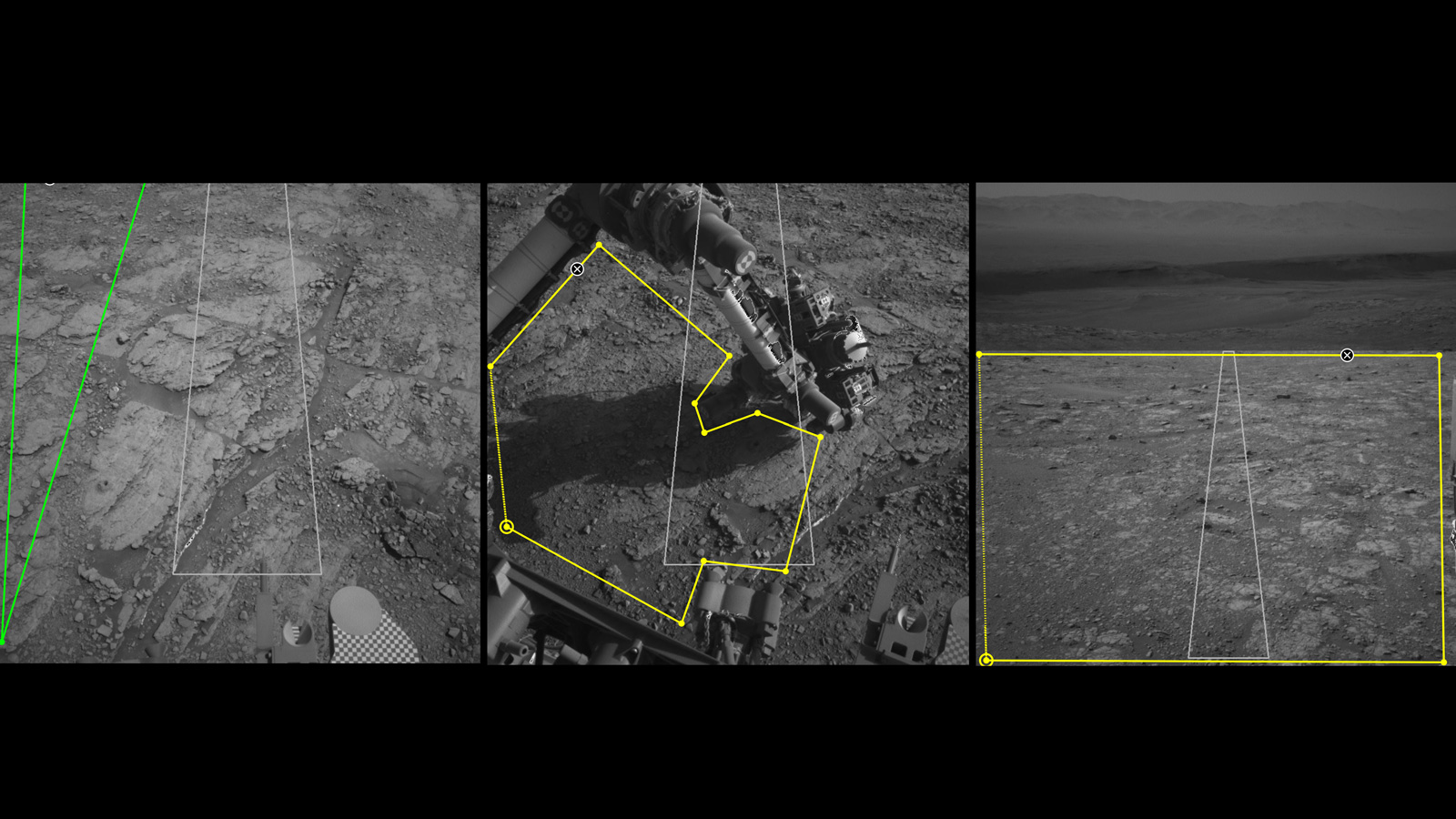
📸 Martian Spectacle: Dust Devil Crashes NASA’s Perseverance Rover Selfie
In an unexpected turn during a routine photography session, NASA’s Perseverance rover managed to snap one of its most visually captivating self-portraits to date—complete with a surprise backdrop: a swirling Martian dust devil. Captured on May 10, 2024 (Sol 1,500 of the mission), the image presents the rover operating near a freshly drilled borehole at a spot dubbed “Witch Hazel Hill”—with the atmospheric whirlwind swirling in the background.
This event adds a cinematic touch to what is already a significant achievement: Perseverance’s 1,500th Martian day (or “sol”) surveying the surface of the Red Planet. Featuring its gleaming solar panels against the rugged geological landscape, the photo embodies the determination of the six-wheeled robotic explorer—and the ever-changing splendor of Mars itself.
An Impeccable Martian Snapshot
“The rover’s self-portrait at the Witch Hazel Hill site offers us exceptional insight into both the terrain and the rover’s equipment,” stated Justin Maki, imaging lead at NASA’s Jet Propulsion Laboratory (JPL). “The well-lit scene and fairly clear atmosphere enabled us to capture a dust devil located 3 miles north in Neretva Vallis.”
Dust devils are prevalent on Mars—towering, spinning columns of wind and dust fueled by solar heat—but photographing one during a selfie is extraordinarily rare and fortunate. The brightness of the Martian afternoon illuminated Perseverance’s surface, highlighted ground features, and even created striking shadows beneath the chassis. In the foreground, a newly drilled sample site known as “Bell Island” serves as solid evidence of the rover’s ongoing scientific endeavor.
Robotic Mastery in Action
To create this selfie worthy of going viral, the rover performed a meticulously coordinated display of mechanical finesse. The resultant image is a composite of 59 individual photographs taken with the WATSON (Wide Angle Topographic Sensor for Operations and eNgineering) camera, which is mounted on Perseverance’s 7-foot robotic arm.
“To achieve the perfect selfie effect, each WATSON picture must possess its own distinct field of view,” remarked Megan Wu, an imaging scientist from Malin Space Science Systems. “That necessitated 62 precise movements of the robotic arm. The entire process requires about an hour, but it’s certainly worthwhile. The presence of the dust devil in the background adds to its classic appeal.”
Beyond its artistic charm, the selfie has practical applications. Each image enables engineers to thoroughly examine the rover’s exterior for signs of wear, such as dust accumulation, hardware deterioration, and instrument functionality—essential for ensuring performance in Mars’ unforgiving conditions.
Perseverance by the Figures
As of its 1,500th sol, NASA’s most advanced Martian explorer has hit several notable milestones:
– 37 rocks and boulders assessed with scientific instruments
– 26 rock cores obtained (25 sealed, 1 kept unsealed for versatility)
– More than 22 miles traversed across intricate Martian landscapes
– Operated entirely on energy generated by a radioisotope thermoelectric generator
These achievements symbolize not only engineering prowess but also significant scientific diligence as Perseverance investigates the intricate geological history of Jezero Crater.
From Witch Hazel Hill to Krokodillen Plateau
After completing months of exploration at Witch Hazel Hill, Perseverance is now setting its sights on a new promising scientific site: the “Krokodillen” plateau, a 73-acre area named after a Norwegian mountain ridge.
This region lies at the intersection of Jezero Crater’s ancient rim and the vast Martian plains—a potential goldmine for researchers searching for evidence of early Martian life.
“The last five months have been a geological whirlwind,” expressed Ken Farley, Perseverance’s deputy project scientist from Caltech. “While our exploration of Witch Hazel Hill has been fruitful, our examination of Krokodillen is poised to be just as captivating.”
Clay minerals detected from orbit indicate that the Krokodillen region may harbor some of Mars’ oldest formations—dating back to the Noachian epoch, over 3.5 billion years ago. These ancient structures provide valuable insights into the historical presence of water and the planet’s potential for sustaining life in the distant past.
A Tactical Approach to Martian Sampling
In a bid to optimize scientific benefits, the Perseverance team has revised its sampling methodology. Rather than sealing every rock core immediately, the rover now allows for some tubes to remain unsealed, offering flexibility for future selections should more scientifically significant targets arise.
“We have been exploring Mars for over four years, and every single filled sample tube we have aboard carries its own unique and fascinating story to share,” stated Katie Stack Morgan, acting project scientist. “There are seven empty sample